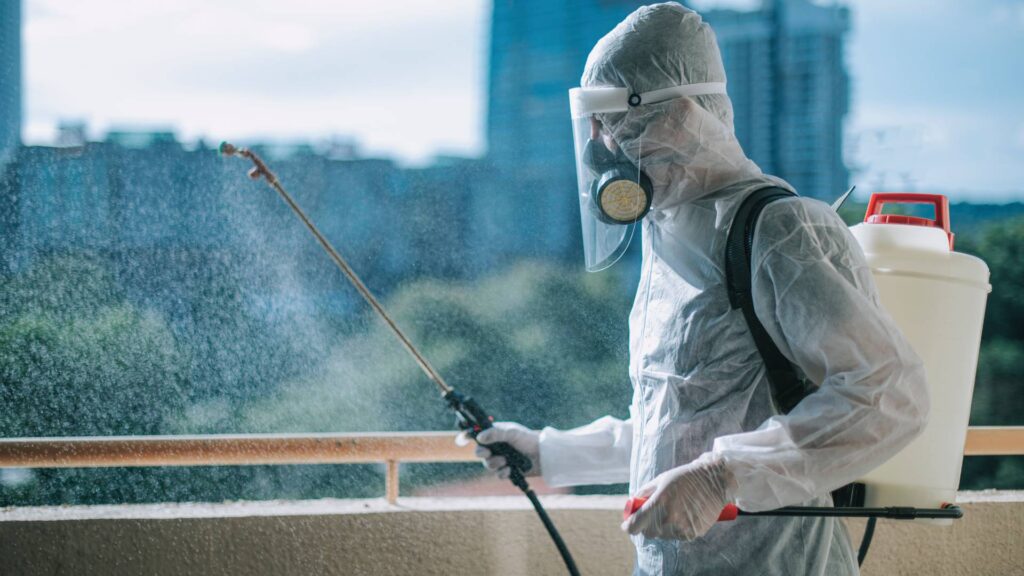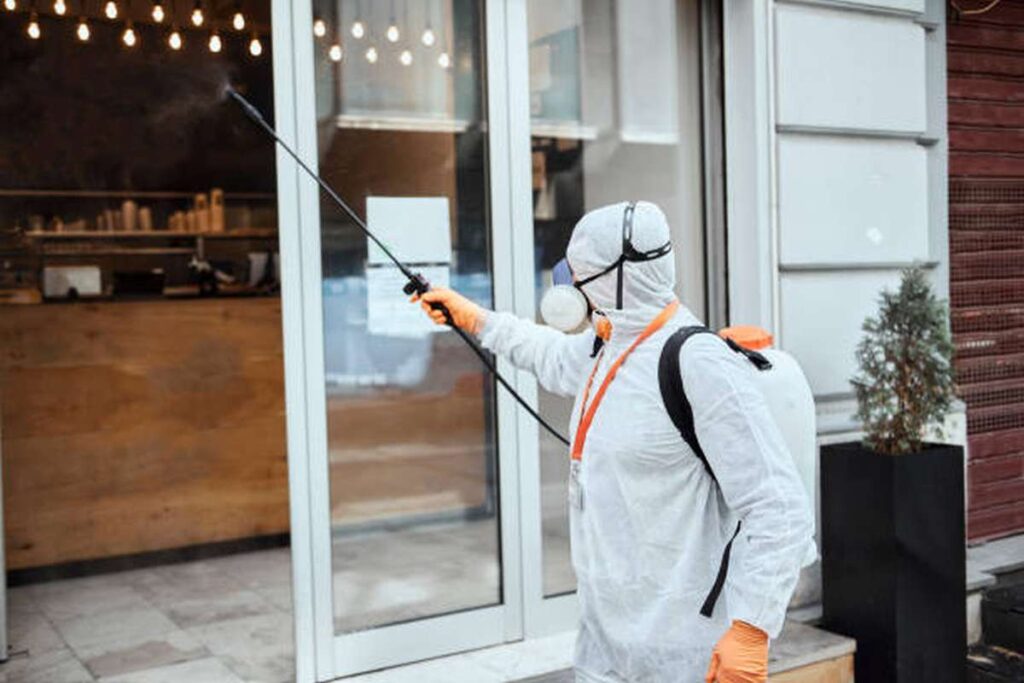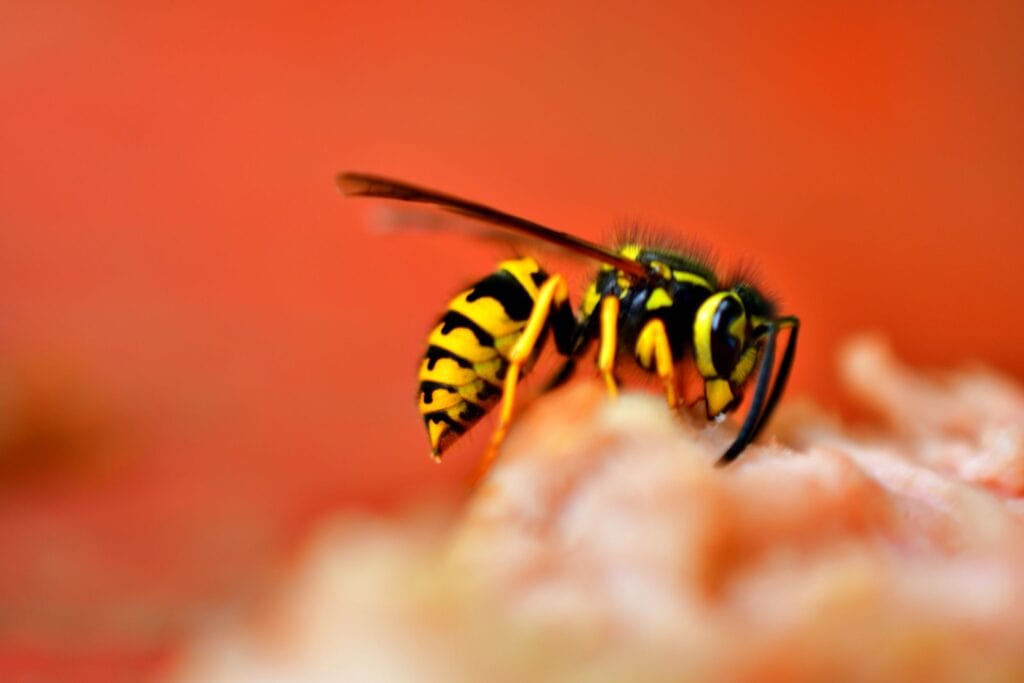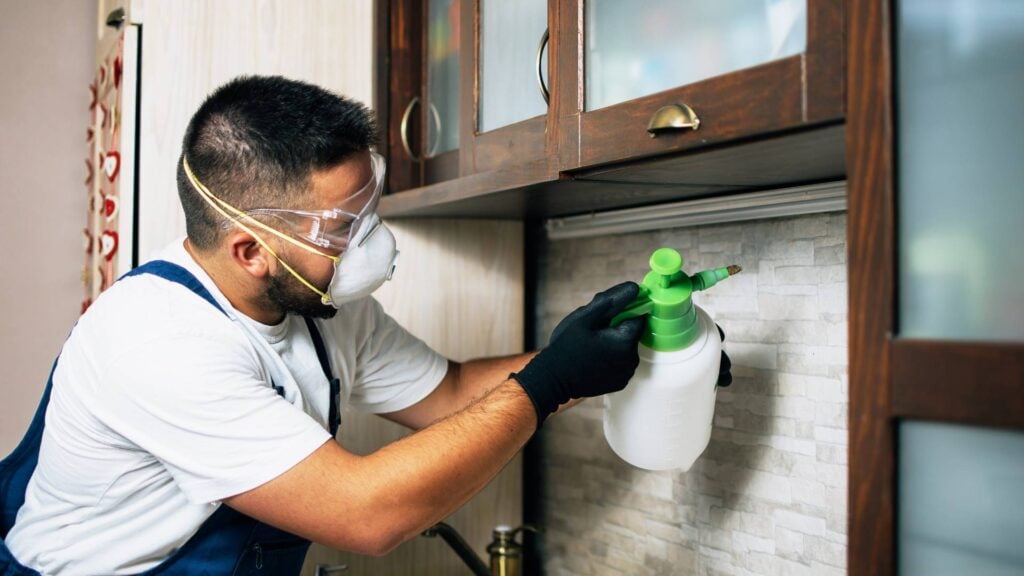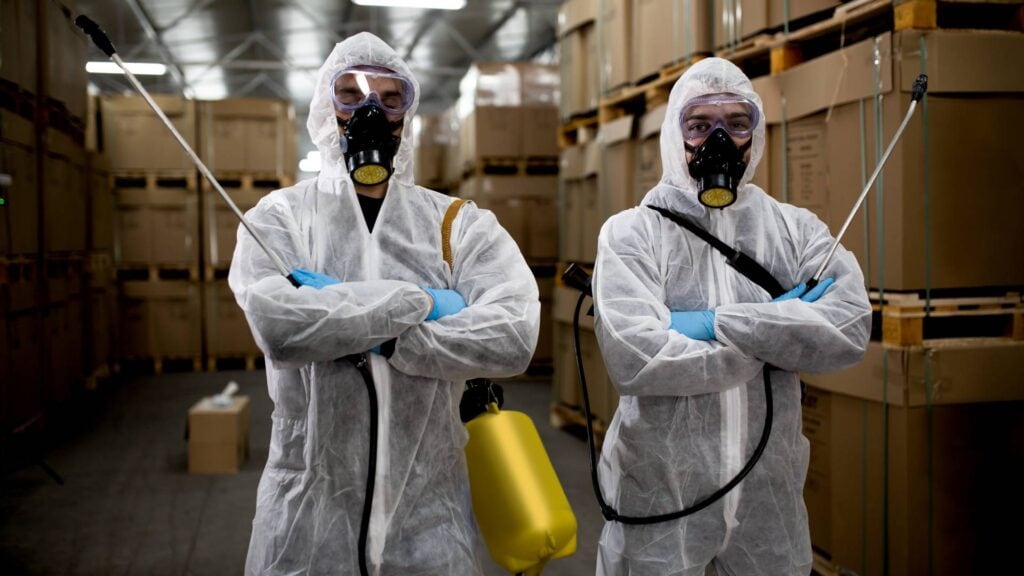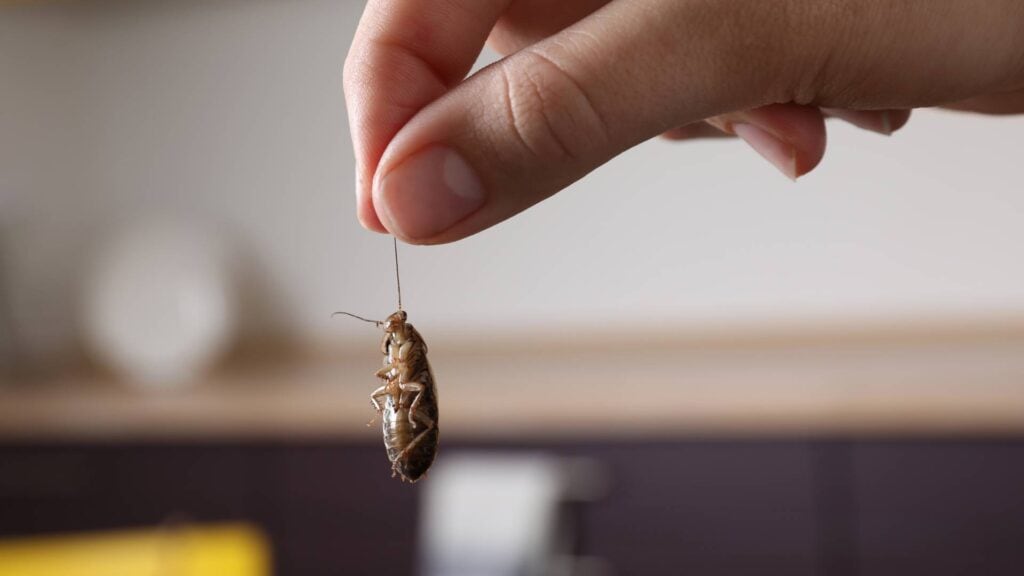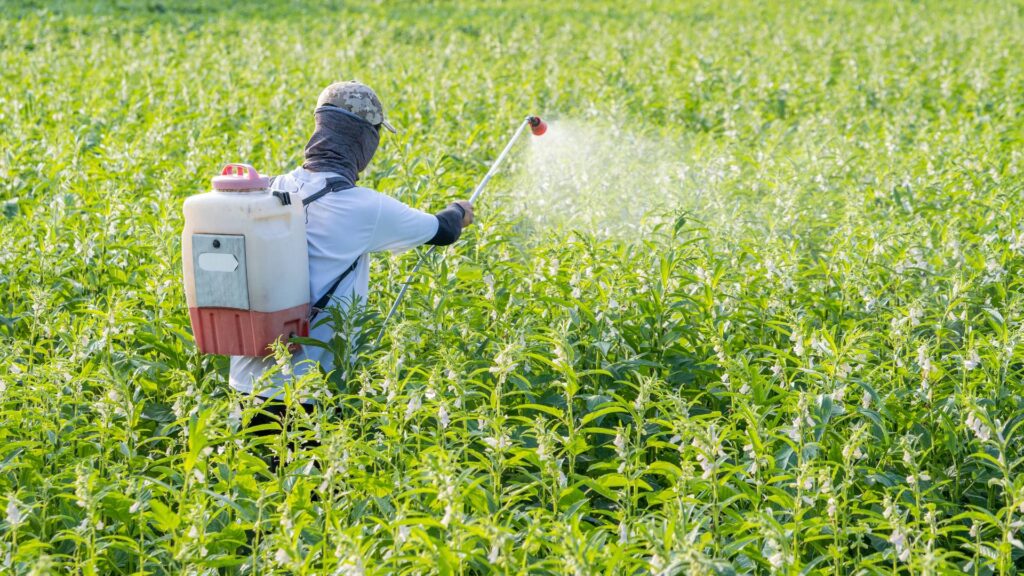We are exploring the vital intersection of pest control with public health and safety. In this informative space, we delve into the multifaceted world of pest management, examining its profound implications for creating and maintaining environments that promote the well-being of communities. From the prevention of disease transmission to safeguarding against property damage, effective pest control plays a pivotal role in preserving public health and safety. Join us as we unravel the complexities of this crucial field, sharing insights, strategies, and expert guidance to empower individuals and organisations in their quest for pest-free living spaces and workplaces.
Pest control is a critical component in safeguarding public health, directly influencing the well-being of communities worldwide. The presence of pests such as rodents, cockroaches, and mosquitoes is not just a nuisance but a serious health hazard, as these creatures are carriers of diseases that can be detrimental to human health. Effective pest management practices are essential in mitigating the risks associated with these pests, thereby promoting a healthier living environment.
How Do Pests Spread Diseases and How Can Pest Control Help Prevent This?
Pests are known vectors of a wide array of diseases. Mosquitoes, for example, are carriers of malaria, dengue fever, Zika virus, and West Nile virus, while rodents can spread hantavirus, leptospirosis, and plague. Cockroaches contribute to the spread of pathogens that can lead to asthma and allergies. By implementing strategic pest control measures, the transmission of these diseases can be significantly reduced, if not entirely prevented. This includes not only the elimination of existing pest populations but also the prevention of future infestations through environmental management and public education.
Allergy And Asthma Reduction
Beyond disease transmission, pests like cockroaches and dust mites are significant triggers for allergies and asthma, especially in vulnerable populations such as children. Effective pest control helps reduce exposure to these allergens, decreasing the incidence of asthma attacks and allergic reactions. This aspect of pest control is essential in urban settings, where high-density living conditions can exacerbate the effects of these allergens.
Property And Environmental Protection
Pests are not only a threat to public health but also to property and the environment. Termites, for instance, cause significant structural damage to buildings, leading to costly repairs. Rodents and other pests can contaminate food supplies, leading to economic losses. Moreover, the use of pesticides must be carefully managed to avoid adverse environmental impacts. Integrated Pest Management (IPM) approaches, which combine biological, cultural, physical, and chemical tools to minimise risks to health and the environment, are essential.
Public Education And Awareness
Public education is vital to the relationship between pest control and public health. By raising awareness about the risks associated with pests and the importance of pest control, individuals can take proactive steps to protect their health and their communities. This includes simple measures such as waste management, food storage, and reducing standing water to prevent mosquito breeding.
Pest Control Strategies for Public Health and Safety
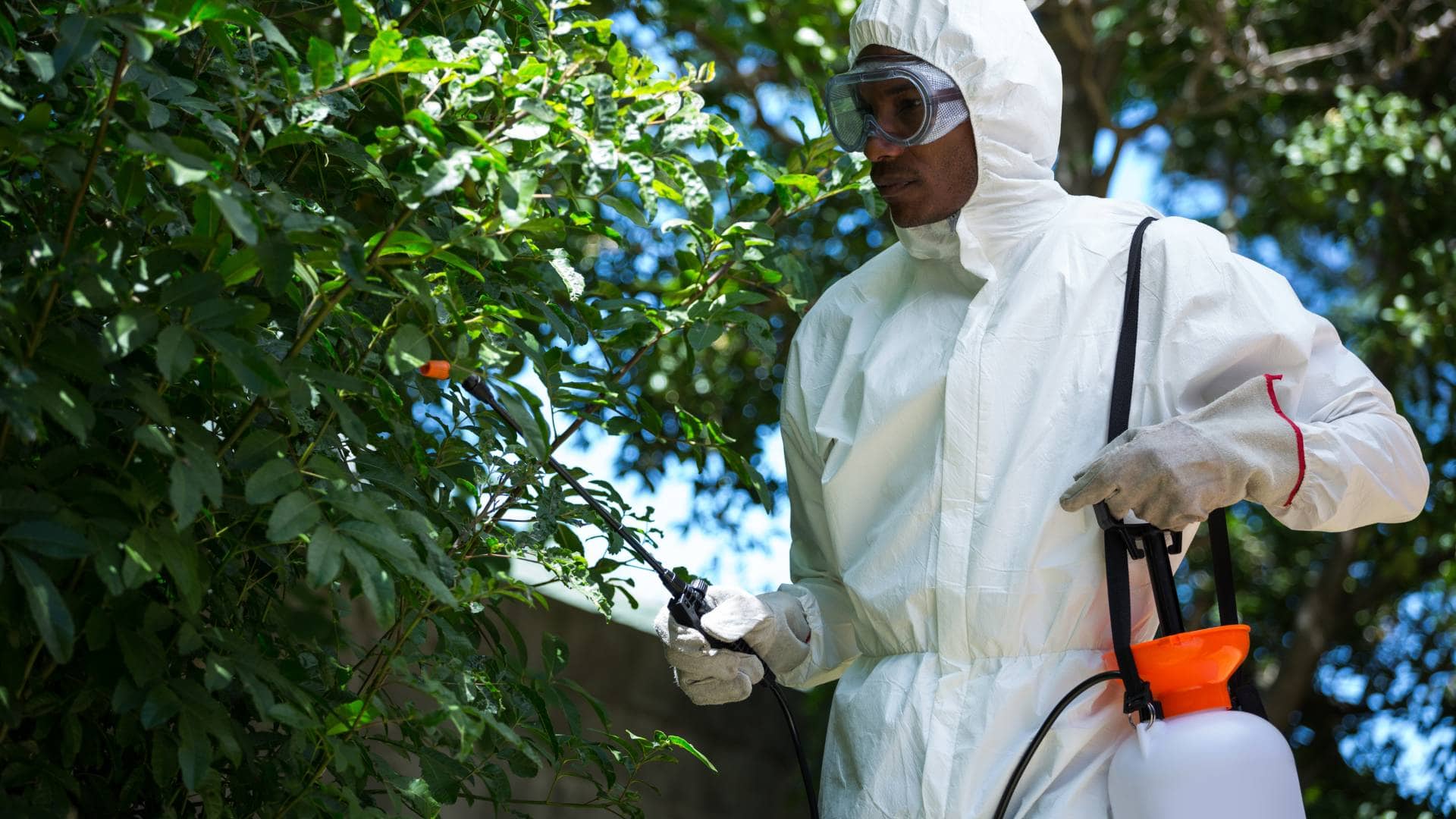
Pest control is critical in safeguarding public health and safety. Pests in our environments are not merely a nuisance but a significant health hazard. Pests such as mosquitoes, rats, cockroaches, ticks, and fleas are known carriers of diseases that can harm human health. Effective pest control strategies are essential in mitigating these risks and ensuring a healthier living environment.
Prevention and Awareness
The first line of defence against pests is prevention. This involves removing food, water, and shelter sources that attract pests. Storing food in sealed containers, disposing of garbage regularly, fixing leaky plumbing, and decluttering can significantly reduce the risk of pest infestations. Awareness and education about the dangers posed by pests and the importance of pest control are crucial in preventing pest-borne diseases.
Integrated Pest Management (IPM)
Integrated Pest Management (IPM) is a holistic approach to pest control that combines biological, cultural, physical, and chemical tools to minimise risks to health and the environment. IPM focuses on the long-term prevention of pests or their damage through techniques such as habitat manipulation, biological control, the use of resistant varieties, and, when necessary, the use of pesticides.
Safe and Correct Use of Pesticides
When the use of pesticides is necessary, it is crucial to do so safely and correctly. This includes keeping pets and children away from treated areas, using baits and traps as a first line of chemical defence, and applying pesticides only to targeted locations. Following the pesticide label's instructions and safety warnings is essential to minimise potential risks to human health and the environment.
Professional Pest Control Services
Professional pest control services are recommended for severe infestations or when DIY methods are ineffective. Professionals have the expertise and equipment to safely identify, evaluate, and eliminate pest infestations. They can also advise on preventing future infestations and maintaining a pest-free environment.
Environmental Considerations
In addition to traditional pest control methods, eco-friendly options use natural methods to control pests. These methods can include using natural predators to control pest populations or the application of organic pesticides that have minimal environmental impact.
The Role of Regulatory Agencies and Public Health Organizations
Regulatory agencies and public health organisations are pivotal in managing and regulating residential pest control. Their efforts aim to safeguard public health and the environment from the potential risks associated with pests and using pest control products. By employing modern, evidence-based scientific approaches, these entities ensure that pest management tools are accessible while minimising risks.
Integrated Pest Management (IPM) And Regulatory Oversight
Integrated Pest Management (IPM) is a cornerstone strategy emphasising a comprehensive, systematic approach to managing pests. Regulatory agencies advocate for IPM by requiring public agencies to invest in employee education on pest ecology, biology, and reduced-risk control strategies. The goal is to decrease the environmental impact of pesticides, promoting a sustainable, long-term strategy for pest control. This approach is supported by regulatory frameworks that encourage adopting IPM practices in residential settings, ensuring that pest control methods are practical and environmentally friendly.
Regulatory Frameworks And International Collaboration
In Canada, the Pest Management Regulatory Agency (PMRA) is a crucial player responsible for regulating pest control products under the federal authority of the Pest Control Products Act and Regulations. The PMRA collaborates with provincial, territorial, and international bodies, such as the United States Environmental Protection Agency (EPA) and the European Union, to harmonise pest control product regulations and uphold health and environmental protections.
Sanitation And Compliance Inspections
Sanitation inspections are crucial in pest control, especially in food processing plants. These inspections, conducted by pest control professionals, ensure facilities adhere to sanitation standards and pest management laws. Regulatory bodies such as the Food and Drug Administration (FDA), U.S. Department of Agriculture (USDA), Occupational Safety and Health Administration (OSHA), and Environmental Protection Agency (EPA) enforce regulations to maintain the highest standards of cleanliness and safety.
Future Approaches And Global Perspectives
The global demand for low-toxicity, short-residual, and pest-specific pesticide products is rising, alongside a public preference for highly productive, "green" pest control solutions. Future pest control strategies will likely incorporate biopesticides, green pest management practices, and biotechnological advances. This shift poses challenges for regulatory systems, pesticide developers, and applicators, especially as urban pest problems and vector-borne diseases intensify worldwide. Regulatory policies will increasingly emphasise precautionary principles, taking a conservative approach to pesticide risk and exposure assessments.
Emerging Trends and Innovations in Pest Control
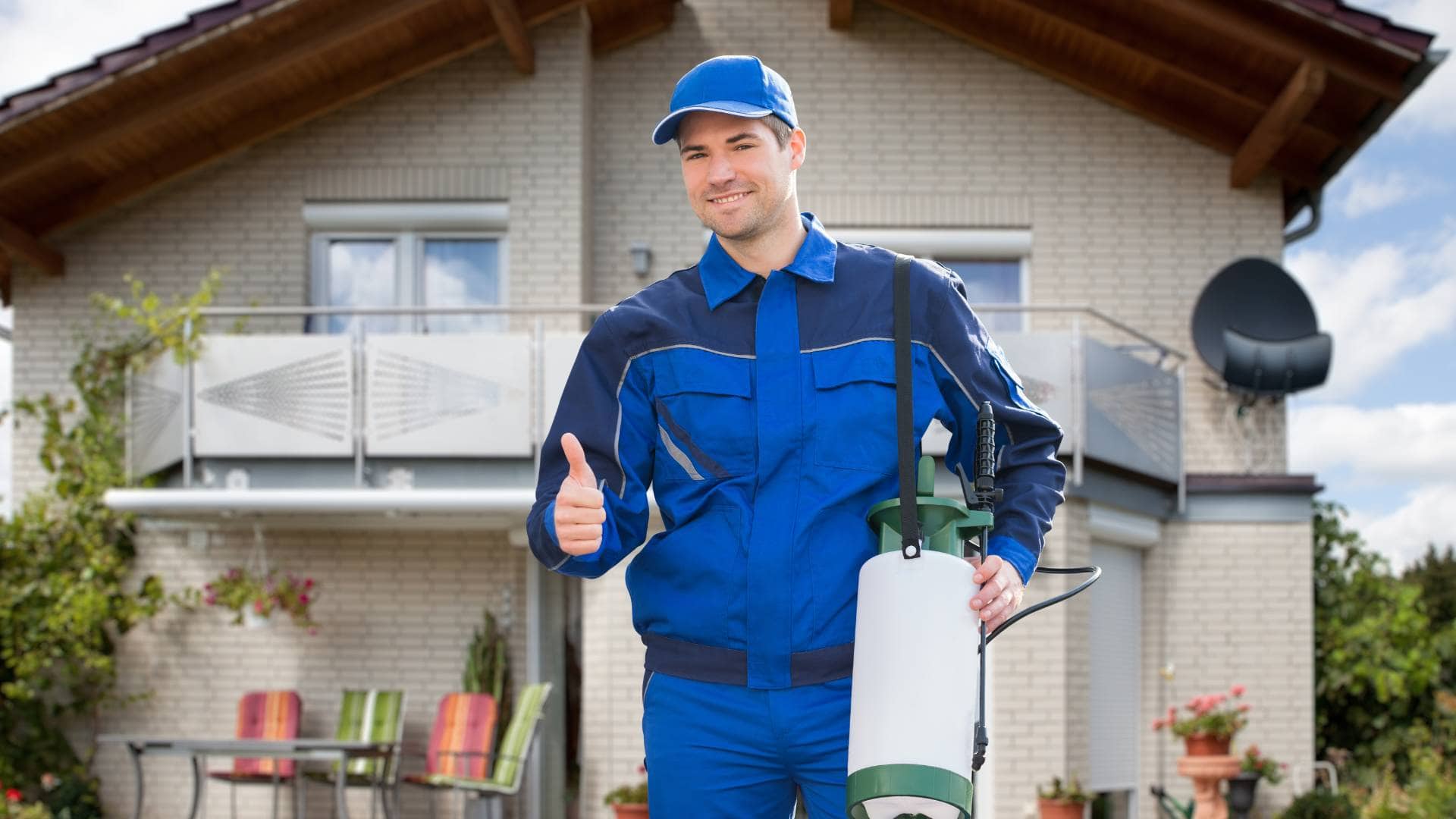
The pest control industry is rapidly evolving, driven by technological advancements, environmental concerns, and changing consumer preferences. As we move into 2024, several key trends and innovations are shaping the future of pest control, offering more effective, sustainable, and personalised solutions.
Eco-Friendly And Integrated Pest Management (Ipm)
A significant shift towards eco-friendly solutions reflects growing environmental awareness. Consumers increasingly seek sustainable options, pushing the industry towards methods that minimise ecological impact. Integrated Pest Management (IPM) is at the forefront of this trend, emphasising biological controls, habitat manipulation, and other environmentally friendly strategies over chemical interventions. This approach addresses pest issues more sustainably, supports biodiversity, and reduces the risk of chemical resistance.
Technology-Driven Solutions
Technological innovations are revolutionising pest control, making it more efficient and less intrusive. For example, drones are used for safe roof inspections and targeted pesticide applications, minimising human risk and environmental impact. Additionally, intelligent traps and sensors offer real-time monitoring of pest activity, enabling more precise and timely interventions. These technologies improve the effectiveness of pest control measures and contribute to a more data-driven approach to pest management.
Personalisation And Custom Services
The demand for personalised pest control solutions is rising, with consumers expecting services tailored to their specific needs and preferences. This trend drives pest control companies to offer customised service packages, including eco-friendly options and integrated pest management plans. By addressing each client's unique requirements, companies can enhance customer satisfaction and loyalty, differentiating themselves in a competitive market.
Emphasis On Health And Safety
Health and safety concerns are increasingly influencing pest control practices. There is a growing focus on minimising toxic chemicals and exploring safer alternatives. This includes the development of non-toxic repellents, the use of natural predators, and the adoption of physical barriers and other non-chemical methods. By prioritising health and safety, the industry responds to consumer demands and contributes to the overall well-being of communities and the environment.
Regulatory Changes And Sustainability
Regulatory changes are pushing the pest control industry towards more sustainable practices. Stricter regulations on chemical pesticides encourage the development and adoption of eco-friendly alternatives. This regulatory environment, coupled with a societal push for sustainability, fosters innovation in pest control products and methods, ensuring they are safe for humans, pets, and the environment.
Conclusion
Pest control is crucial in public health and safety, preventing disease transmission and protecting against property damage. Pests like rodents, cockroaches, and mosquitoes are carriers of diseases that can harm human health. Effective pest control practices help mitigate these risks and promote a healthier living environment.
Disease prevention involves implementing strategic pest control measures to reduce the transmission of diseases like malaria, dengue fever, Zika virus, and West Nile virus. Pests also trigger allergies and asthma, especially in vulnerable populations. Integrated Pest Management (IPM) approaches, which combine biological, cultural, physical, and chemical tools, minimise risks to health and the environment.
Public education and awareness are essential to the relationship between pest control and public health. Raising awareness about pest risks and the importance of pest control can help individuals take proactive steps to protect their health and communities.
Prevention and awareness are the first lines of defence against pests, including removing food, water, and shelter sources that attract pests. IPM focuses on long-term prevention through habitat manipulation, biological control, resistant varieties, and pesticide use.
Safe and correct use of pesticides is crucial, including keeping pets and children away from treated areas, using baits and traps, and applying pesticides only to targeted locations. Professional pest control services are recommended for severe infestations or when DIY methods are ineffective.
Environmental considerations are crucial in pest control, with eco-friendly methods such as natural predators and organic pesticides being increasingly popular. Regulatory agencies and public health organisations are crucial in managing and regulating pest control, ensuring public health and the environment are protected. Integrated Pest Management (IPM) is a cornerstone strategy emphasising a comprehensive, systematic approach to pest management, promoting a sustainable, long-term strategy.
Regulatory frameworks and international collaborations, such as the Pest Management Regulatory Agency (PMRA) in Canada, work together to harmonise pest control product regulations and uphold health and environmental protection. Sanitation and compliance inspections are essential in pest control, especially in food processing plants.
The global demand for low-toxicity, short-residual, and pest-specific pesticide products is rising, with a preference for highly productive, "green" pest control solutions. Future pest control strategies will likely incorporate biopesticides, green pest management practices, and biotechnological advances.
Emerging trends and innovations in pest control include:
- Eco-friendly and integrated pest management (IPM).
- Technology-driven solutions.
- Personalised services.
- Health and safety concerns.
- Regulatory changes.
These trends are shaping the future of pest control, offering more effective, sustainable, and personalised solutions.
Content Summary
- Pest control is pivotal for public health and safety, addressing issues from disease prevention to property protection.
- Diseases transmitted by pests like mosquitoes and rodents pose significant health risks to communities worldwide.
- Effective pest management practices mitigate disease transmission and create healthier living environments.
- Mosquitoes carry diseases such as malaria, dengue fever, Zika virus, and West Nile virus, emphasising the need for pest control.
- Rodents spread diseases like hantavirus, leptospirosis, and plague, underlining the importance of controlling their populations.
- Cockroaches contribute to asthma and allergies, highlighting the diverse health risks associated with pests.
- Through education and environmental management, pest control measures eliminate existing pests and prevent future infestations.
- Cockroaches and dust mites exacerbate allergies and asthma, particularly in urban settings with high-density living conditions.
- Termites cause structural damage to buildings, while rodents contaminate food supplies, emphasising pests' economic and environmental impacts.
- Integrated Pest Management (IPM) combines various strategies to minimise health and environmental risks associated with pest control.
- Public education is crucial in raising awareness about pest risks and promoting proactive pest control measures.
- Prevention is key in pest control, involving proper waste management and food storage to deter pests.
- IPM focuses on long-term pest prevention through habitat manipulation and biological control methods.
- Safe pesticide use is essential, with emphasis on following label instructions to minimise health and environmental risks.
- Professional pest control services are recommended for severe infestations, offering expertise in identifying and eliminating pests.
- To minimise environmental impact, eco-friendly pest control options include natural predators and organic pesticides.
- Regulatory agencies like the PMRA regulate pest control products to uphold health and environmental protections.
- Regulatory agencies promote IPM to ensure effective and environmentally friendly pest control methods.
- Regulatory frameworks aim to harmonise pest control product regulations internationally, ensuring consistency in safety standards.
- Sanitation inspections enforce pest management laws, particularly in food processing plants, to maintain cleanliness and safety.
- The demand for low-toxicity and pest-specific pesticide products is rising globally, driving innovation in pest control strategies.
- Future pest control trends include biopesticides and green management practices to address environmental concerns.
- Technological advancements, such as drones and smart traps, are enhancing the efficiency and precision of pest control measures.
- Personalised pest control services are gaining popularity, offering tailored solutions to meet individual needs and preferences.
- Health and safety considerations influence pest control practices, focusing on minimising toxic chemical use.
- Stricter regulations are fostering innovation in eco-friendly pest control products and methods.
- Consumers are increasingly seeking sustainable pest control options to minimise ecological impact.
- Integrated Pest Management (IPM) is favoured for its holistic approach to pest control, supporting biodiversity and reducing chemical resistance.
- Drones are utilised for roof inspections and targeted pesticide applications, improving safety and effectiveness.
- Smart traps and sensors enable real-time monitoring of pest activity, facilitating timely interventions.
- Customised service packages cater to individual pest control needs, enhancing customer satisfaction.
- Emphasis on health and safety in pest control practices contributes to community well-being.
- Regulatory changes are driving the adoption of sustainable pest control practices industry-wide.
- Stricter regulations on chemical pesticides encourage the development of safer alternatives.
- Societal demand for sustainability is fostering innovation in pest control products and methods.
- Eco-friendly pest control alternatives prioritise human, pet, and environmental safety.
- Disease prevention is a primary concern in pest control, necessitating effective management strategies.
- Mosquitoes are carriers of various diseases, highlighting the importance of controlling their populations.
- Cockroaches and rodents contribute to allergies and asthma, emphasising the need for pest management.
- Property damage caused by pests like termites underscores the economic impact of infestations.
- IPM combines multiple approaches to pest control, ensuring long-term effectiveness and sustainability.
- Public education initiatives promote proactive pest control measures and raise awareness about pest risks.
- Prevention through proper sanitation and waste management is essential in pest control efforts.
- Safe pesticide use and professional pest control services are recommended for effective management.
- Eco-friendly pest control options minimise environmental impact while addressing pest issues.
- Regulatory agencies enforce pest control laws to uphold health and safety standards.
- Technological advancements improve the precision and efficiency of pest control measures.
- Personalised service packages cater to individual pest control needs and preferences.
- Health and safety considerations drive the adoption of safer pest control practices.
- Regulatory changes promote sustainability and innovation in the pest control industry.
Frequently Asked Questions
Pest control is crucial for public health as pests like mosquitoes, rodents, and cockroaches can transmit diseases, posing significant community risks. It also ensures safety by preventing property damage and reducing allergens that trigger health issues.
Pests like mosquitoes carry diseases like malaria, dengue fever, and Zika virus, while rodents can spread hantavirus and leptospirosis. Pest control measures aim to eliminate or reduce pest populations, thereby minimising the risk of disease transmission to humans.
Integrated Pest Management (IPM) combines various methods like habitat manipulation, biological controls, and safe pesticide use to manage pests effectively while minimising risks to health and the environment. Regular sanitation, waste management, and sealing entry points are essential preventive measures.
Individuals can contribute to pest control by practising good hygiene, maintaining a clean living environment, and eliminating food, water, and shelter sources for pests. Additionally, spreading awareness about the importance of pest control and supporting community initiatives can help prevent pest infestations.
Professional pest control services should be considered when DIY methods are ineffective or when dealing with severe pest infestations. Pest control professionals have the expertise and tools to identify, evaluate, and safely eliminate pest infestations, reducing health risks and property damage.
